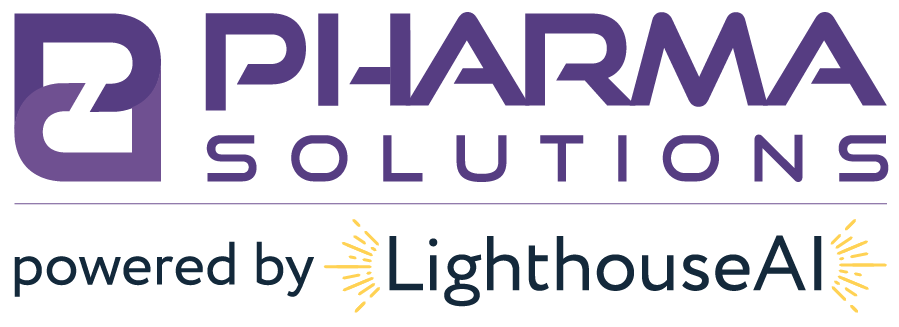Pending Regulation on Drug Pricing
Bernie Sanders and other top Democrats have made drug pricing a hot topic in US politics, especially with the election coming up next year. As such, there has been a flurry of bills and solutions to the perceived problem – and Drug Importation may become a reality sooner rather than later.
Canadian Drug Importation
Generic drug pricing has had a rough few years – the consolidation of customers, a price-fixing scandal, and an effort by the FDA to fast-track approvals. Canadian drug importation, however, may be a blessing in disguise. We first covered drug importation a year ago when Vermont was looking to pass SB 175, a formal plan to import pharmaceuticals from Canada. Since then, Florida submitted their Canadian Prescription Drug Importation Concept Paper to the HHS, paving the way for the state to start buying drug products abroad.
Most recently, the Trump Administration cancelled stakeholder meetings that were planned for early January, saying that the Administration had “concluded review” on the proposed draft rule and guidance. It is an ominous signal for many segments of the industry.
To recap, here are the two pathways for importation:
- Pathway 1 would have states, wholesalers, or pharmacists submit plans for demonstration projects for HHS to review outlining how they would import Health-Canada approved drugs that are in compliance with section 505 of the FD&C Act. The importation would occur in a manner that adequately assures the drug is what it should be and that it meets the cost requirements of the rule-making. The demonstration projects would be time-limited and require regular reporting to ensure safety and cost conditions are being met.
- Pathway 2 would have manufacturers circumvent their current distribution contracts by allowing them to create new National Drug Codes for import versions of FDA-approved drug products that they sell in foreign countries that are the same as the US versions. FDA would allow the drug to be labeled for sale in the U.S. (potentially with labeling that identifies the product as originally manufactured for sale abroad) and imported pursuant to section 801(d) of the FD&C Act under the existing approval for the U.S. approved version. The key to this pathway is that manufacturers can circumvent broad “Most Favored Nation” clauses where they have to guarantee the lowest pricing of a product to certain customers (i.e. the Big 3 and large pharmacies). Price may not necessarily go down but manufacturers may be able to inflate costs on “US labeled” products and compete more intensely on identical “Canadian-labeled” products.
Feasibility:
As the industry works through implementation, many of the arguments against importation have begun to melt away:
- DSCSA and Serialization Compliance: The simple answer to the issue of importing non-serialized product is simply to repackage them. Much of the packaging processes occur in the United States as it stands today, so it is not too much of a stretch to imagine a repackager or pharmacy receiving product from Canada and then applying the required barcode/serializing per the DSCSA.
- Supply Chain Issues/Availability in Canada: Although there might initially be some logistical issues, the extensive issues cited is likely just fear mongering. The same number of drugs will be prescribed and dispensed across the two countries – only the flow will change. If more product needs to go through Canadian channels, it will do just that.
New Federal Watchdog
On the other hand, brand drugs have mostly continued to enjoy high and increasing list prices in specialty and traditional brand channels (although, granted, industry dynamics have severely impacted net revenue, with PBM’s leveraging their stranglehold on market access and allowing them to increase rebates). Senators Cory Booker (D-NJ), Bernie Sanders (I-VT), and Kamala Harris (D-CA) have floated an independent agency–the Bureau of Prescription Drug Affordability and Access–which would effectively set drug pricing under the threat of voiding patents that provide it exclusivity.




0 Comments